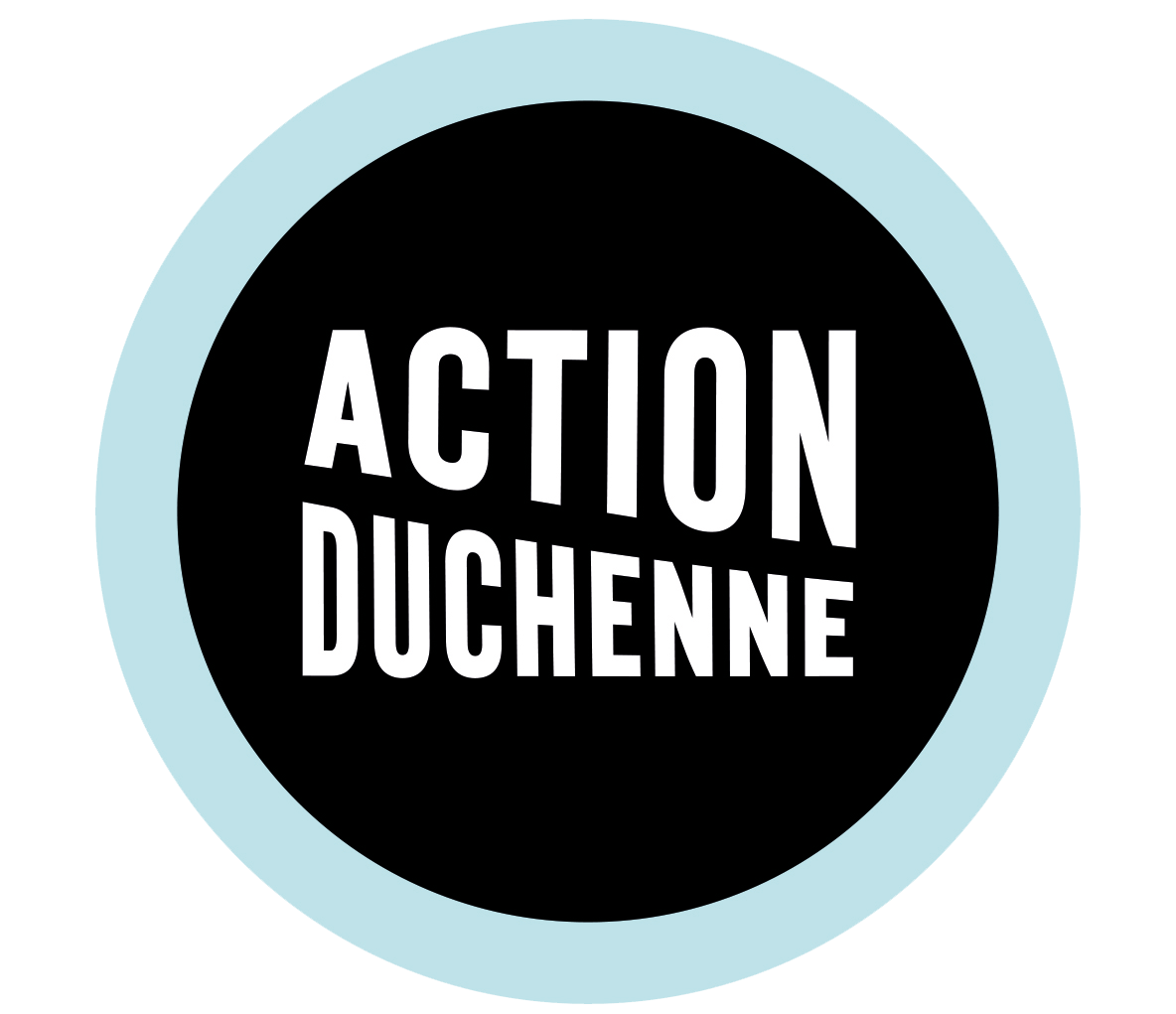Dystrophin acts as a shock absorber in the body to prevent damage when muscles contract. Gene therapy is an experimental technique which aims to introduce a normal, healthy gene in place of the faulty one. Since multiple muscle groups are affected by Duchenne, this presents a challenge for the vector delivery of the dystrophin gene.
So far, gene therapy has seen some success in delivering small genes. Gene therapy works by using a harmless virus called AAV, which is able to deliver a functional copy of the gene into the bloodstream to target muscle cells. It has been found that in human muscle, AAV-mediated gene therapy was successful and lasted for up to 3 months, with only 1 patient out of 3 in the trial experiencing an immune response which did not prevent dystrophin expression. However the body’s immune response to AAV must be further researched.
Solid Bioscience’s gene therapy called SGT-001 is currently in pre-clinical stage of development with the hope to progress to clinical stage by the end of 2017 after promising results from preclinical studies in dog models of Duchenne. This therapy works by the systemic delivery of a small but functional gene via AAV to target skeletal and cardiac muscle. This therapy could offer potential treatment for the majority of Duchenne patients regardless of their individual mutation. Preclinical results show that the single administration of AAV-microdystrophin vector leads to the expression of microdystrophin protein in skeletal and cardiac muscle, and is also associated with improvements in muscle function. There is ongoing research being done by Solid Biosciences and its partners at the University of Missouri, the University of Washington, the University of Florida and Texas A&M University.
The UNITE-DMD project, funded by Action Duchenne and Muscular Dystrophy UK is a 4 year project taking place in the UK and France, which uses this concept to deliver a micro-dystrophin gene (a small, but functional version) to muscle cells in the body. A small version is used here since the gene for dystrophin is very big so cannot be packaged into AAVs for delivery. Researchers have been limited to delivering small versions of the gene, however Professor George Dickinson and his team at the Royal Holloway, University of London, hope to overcome this obstacle by using two or three viruses; each carrying a different part of the gene. If these multiple viruses can infect a single cell they could join together multiple parts of the gene to produce a full-length dystrophin protein. If successful this project could be an exciting development for the treatment of Duchenne.

